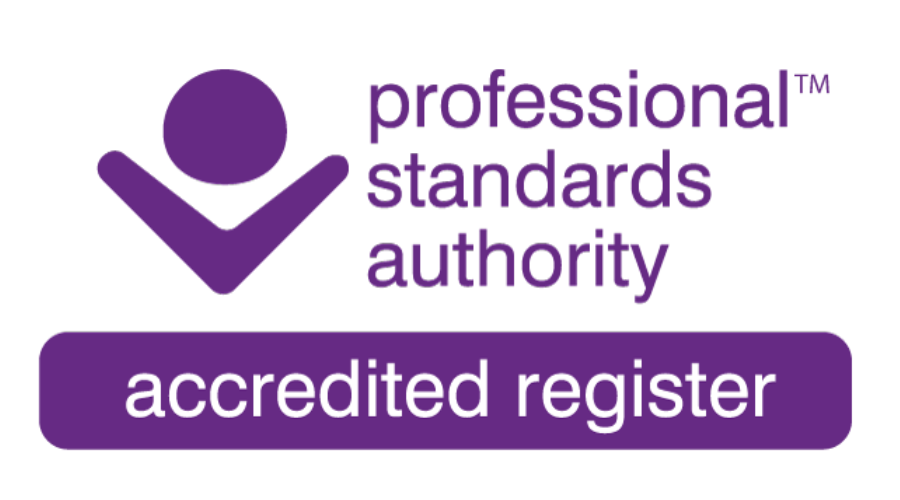Acupuncture, Health Screening & Therapy in Harrogate
WHAT I DO
ACUPUNCTURE
This versatile therapy regulates your nervous system, and is gentle, intuitive and tailored to you.
HEALTH SCREENING
In-depth, high-quality testing with clear, personalised insights to help you take control of your health and wellbeing.
THERAPY & COUNSELLING
Offering a range of selective, complementary therapies to support you, based entirely on your own needs and preferences.
About Patti
I’m Patti, and I have over 25 years of experience supporting people through life’s challenges. My approach is simple: I take the time to listen, understand what’s really going on, and shape your care around what you need — whether that’s feeling calmer, more confident, free from pain, or simply like yourself again.
No two people are the same, which is why I combine therapies and tools to suit you. From acupuncture and counselling to health screening and breathwork (and many more), I build a bespoke plan to support both your body and mind.
I regularly work with people struggling with anxiety, burnout, migraines, hormonal issues, chronic pain, fertility, sleep problems, low mood, grief, phobias, trauma, confidence, and more. Whether you're feeling stuck, overwhelmed, or simply not quite right — I’m here to help you feel better, in the way that works best for you.






